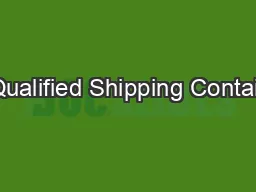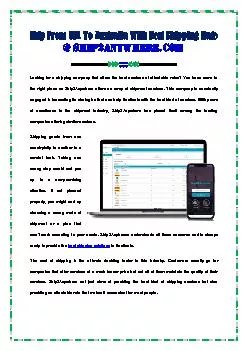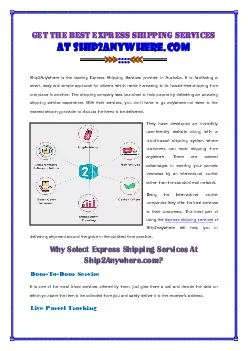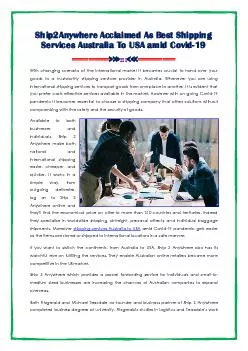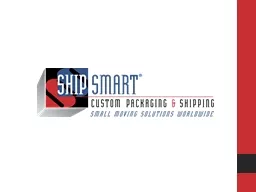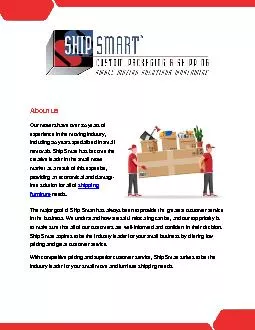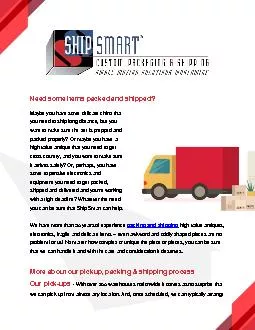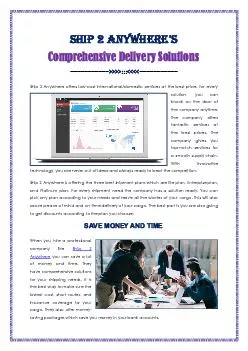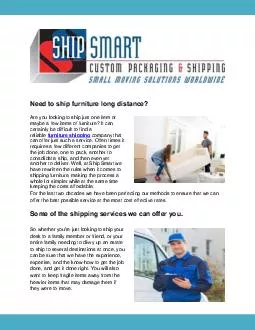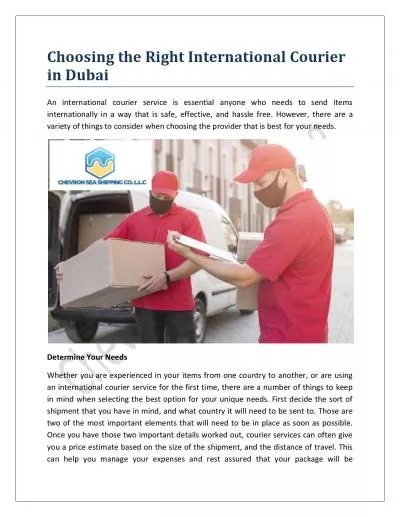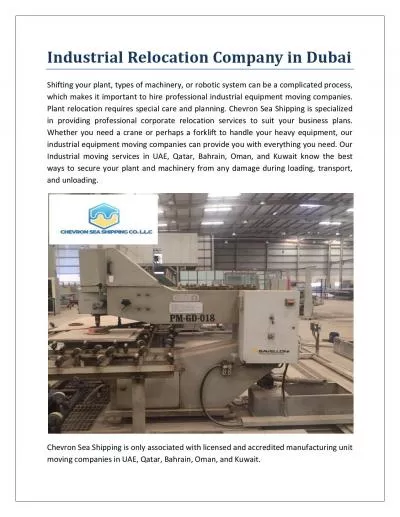PPT-Best Practice for Shipping Pre-Production Material
Author : pamella-moone | Published Date : 2017-07-23
Best Practices for Shipping PreProduction Material Preproduction Materials should be shipped in Nail Wood Boxes constructed from Plywood amp Lumber when shipping
Presentation Embed Code
Download Presentation
Download Presentation The PPT/PDF document "Best Practice for Shipping Pre-Productio..." is the property of its rightful owner. Permission is granted to download and print the materials on this website for personal, non-commercial use only, and to display it on your personal computer provided you do not modify the materials and that you retain all copyright notices contained in the materials. By downloading content from our website, you accept the terms of this agreement.
Best Practice for Shipping Pre-Production Material: Transcript
Download Rules Of Document
"Best Practice for Shipping Pre-Production Material"The content belongs to its owner. You may download and print it for personal use, without modification, and keep all copyright notices. By downloading, you agree to these terms.
Related Documents


